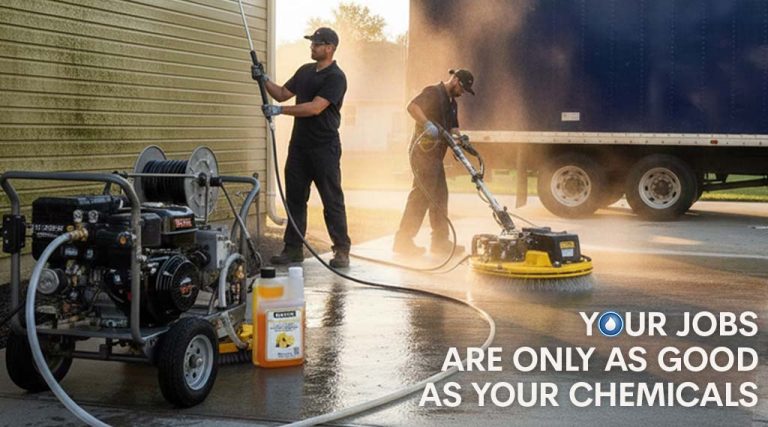- Home
- /
- PowerWash Industry
- /
- Exhaust Blower Inspections
Subscribe To Our Newsletter
Stay in the know on the latest products, deals, events, tips & tricks.
Social Media
Exhaust Blower Inspections
Exhaust Blower Inspections
In Conjunction With Cleaning Schedules
by
Jerry Scoggins
Nelbud Service Group
As professional kitchen ventilation cleaning contractors, we should make it a point to visually inspect the exhaust blower as part of our grease removal service schedules. The following are critical points that need attention during service schedules.
-
- Worn or cracked belts
-
- Proper belt tension
-
- Worn or cracked belts
-
- Worn bearings
-
- Proper bearing lubrication
-
- Vibration due to misaligned pulleys
-
- Worn bearings
Your customers will appreciate your going the extra mile . . . good service, information and helpful tips will prevent any down time in their system and lost revenue due to exhaust blower failure.
Those of you who include exhaust blower maintenance as part of your system service schedules should take special care in making adjustments to kitchen exhaust ventilation to accommodate customers’ complaints such as “I think the fan is running too slow or too fast”. This involves many factors, including a clear understanding of cooking equipment configurations and the grease production associated with it. Below are some cases associated with improper adjustments.
Low air velocities could cause the following:
1. Smoke loss or better known as a capture problem.
2. Poor and/or lack of grease extraction.
3. Excessive heat in duct systems.
High air velocities could cause the following:
1. Excessive noise in the duct systems.
2. Grease being pulled off the ducts and into the air stream.
3. Grease accumulating on the exhaust blower and/or on the roof.
As for grease accumulating on the roof, this tends to make customers very unhappy. This could result in a call back to clean the roof at your expense. Exhaust blower efficiency and air speeds, along with preventive maintenance and inspections will insure that we truly stand by the trade name “Professional Kitchen Ventilation Cleaning Contractors.”
This article appeared in the Summer 1997 edition of The Scratch Pad
Share This Post
More To Explore
Winter Pressure Washing Maintenance Checklist
Winter Pressure Washing Maintenance Checklist Prepared for Contractors by PowerWash.com. Winter is the most important time of year to protect ...
2025 Tax Changes, New Rigs & Easy Payments: What Power Washing Pros Need to Know Before Dec 31
Updated for the latest federal guidelines. PowerWash.com does not provide tax advice. Always consult your CPA. As the year comes ...
Your Jobs Are Only as Good as Your Chemicals: Here Are the Ones That Stand Out
If your busy season has you running from job to job, you already know this: the equipment you use matters, ...
Stripping Wood the Smart Way (Not the Hard Way)
Deep Wood Restoration Made Simple with DSR-50 Whether you’re a professional deck and fence restoration contractor or a homeowner prepping ...




